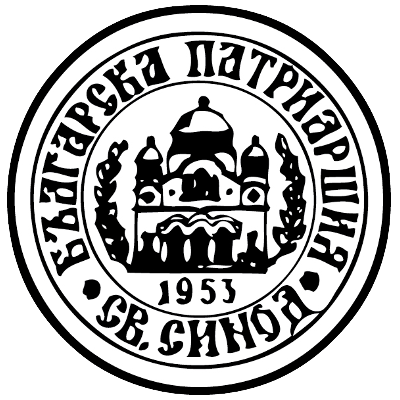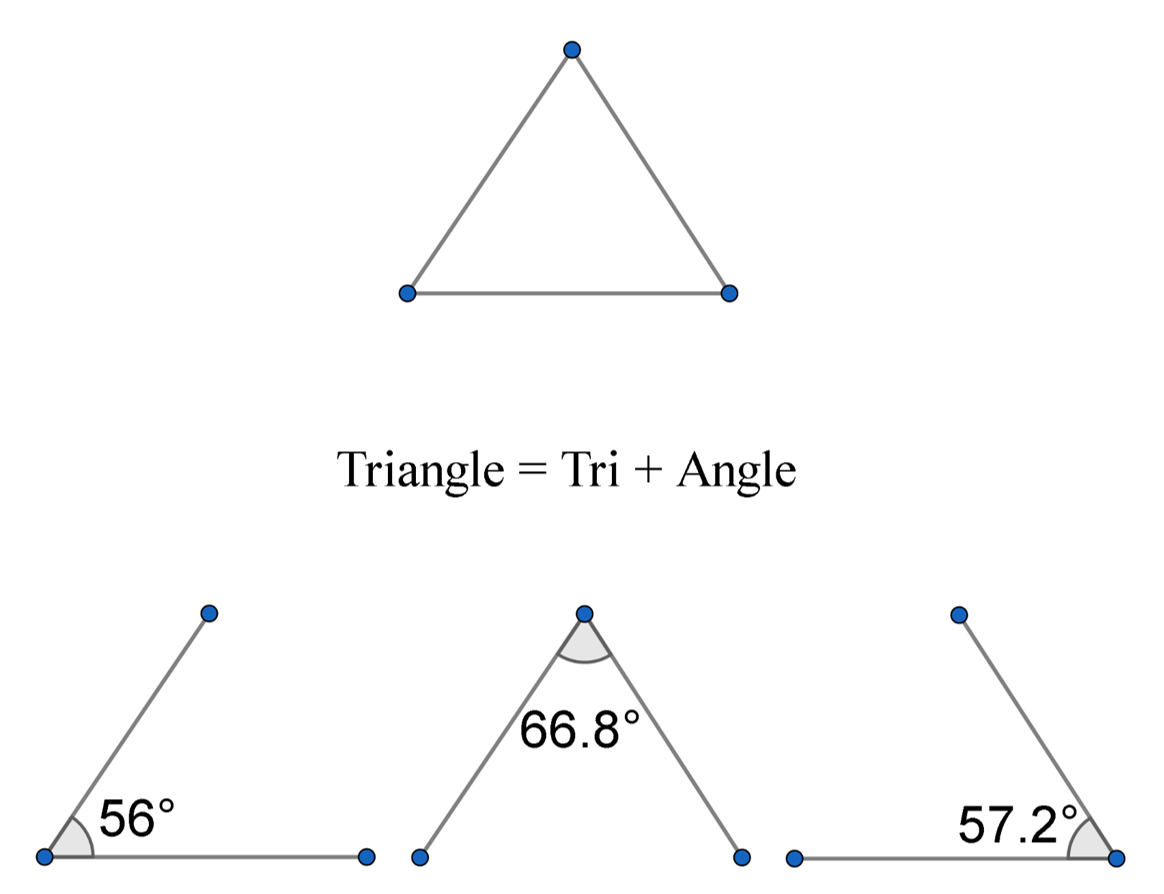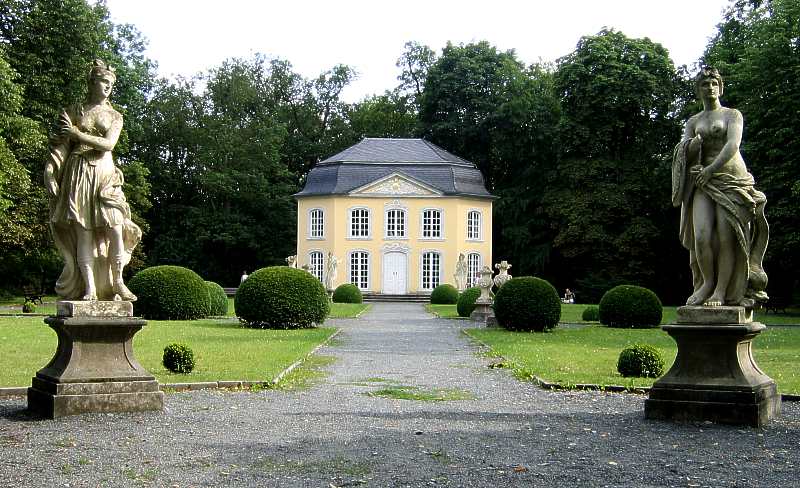|
Lopushna Monastery
The Lopushna Monastery of Saint John the Forerunner ( bg, Лопушански манастир „Свети Йоан Предтеча“, ''Lopushanski manastir „Sveti Yoan Predtecha“'') is a Bulgarian Orthodox monastery in northwestern Bulgaria. It lies in the Chiprovtsi part of the western Balkan Mountains, southwest the village of Georgi Damyanovo, Montana Province. Founded in the Middle Ages but built in its present appearance throughout the 1850s, the Lopushna Monastery, and particularly its complex main church, are one of the most notable works of the Slavine Architectural School and its most prominent figure, Lilo Lazarov. It was in the construction of the monastery cathedral that Lazarov first employed vernacular Gothic decorative features, a trademark approach of the Slavine School that set it apart from other architectural schools of the Bulgarian National Revival. Geography and history The Lopushna Monastery is situated in the valley of the Dalgodelska Ogosta ri ... [...More Info...] [...Related Items...] OR: [Wikipedia] [Google] [Baidu] |
Bulgarian Orthodox Church
The Bulgarian Orthodox Church ( bg, Българска православна църква, translit=Balgarska pravoslavna tsarkva), legally the Patriarchate of Bulgaria ( bg, Българска патриаршия, links=no, translit=Balgarska patriarshiya), is an autocephalous Orthodox jurisdiction. It is the oldest Slavic Orthodox church, with some 6 million members in Bulgaria and between 1.5 and 2 million members in a number of European countries, the Americas, Australia, New Zealand and Asia. It was recognized as autocephalous in 1945 by the Ecumenical Patriarchate of Constantinople. History Early Christianity The Bulgarian Orthodox Church has its origin in the flourishing Christian communities and churches set up in the Balkans as early as the first centuries of the Christian era. Christianity was brought to the Balkans by the apostles Paul and Andrew in the 1st century AD, when the first organised Christian communities were formed. By the beginning of the ... [...More Info...] [...Related Items...] OR: [Wikipedia] [Google] [Baidu] |
Hegumen
Hegumen, hegumenos, or igumen ( el, ἡγούμενος, trans. ), is the title for the head of a monastery in the Eastern Orthodox and Eastern Catholic Churches, similar to the title of abbot. The head of a convent of nuns is called a hegumenia or igumeni ( el, ἡγουμένη). The term means "the one who is in charge", "the leader" in Greek. Overview Initially the title was applied to the head of any monastery. After 1874, when the Russian monasteries were reformed and classified into three classes, the title of ''hegumen'' was reserved only for the lowest, third class. The head of a monastery of the second or first class holds the rank of archimandrite. In the Greek Catholic Church, the head of all monasteries in a certain territory is called the ''protohegumen''. The duties of both hegumen and archimandrite are the same, archimandrite being considered the senior dignity of the two. In the Russian Orthodox Church the title of Hegumen may be granted as an honorary title to ... [...More Info...] [...Related Items...] OR: [Wikipedia] [Google] [Baidu] |
Narthex
The narthex is an architectural element typical of early Christian and Byzantine basilicas and churches consisting of the entrance or lobby area, located at the west end of the nave, opposite the church's main altar. Traditionally the narthex was a part of the church building, but was not considered part of the church proper. In early Christian churches the narthex was often divided into two distinct parts: an esonarthex (inner narthex) between the west wall and the body of the church proper, separated from the nave and aisles by a wall, arcade, colonnade, screen, or rail, and an external closed space, the exonarthex (outer narthex), a court in front of the church facade delimited on all sides by a colonnade as in the first St. Peter's Basilica in Rome or in the Basilica of Sant'Ambrogio in Milan. The exonarthex may have been either open or enclosed with a door leading to the outside, as in the Byzantine Chora Church. By extension, the narthex can also denote a covered p ... [...More Info...] [...Related Items...] OR: [Wikipedia] [Google] [Baidu] |
Dome
A dome () is an architectural element similar to the hollow upper half of a sphere. There is significant overlap with the term cupola, which may also refer to a dome or a structure on top of a dome. The precise definition of a dome has been a matter of controversy and there are a wide variety of forms and specialized terms to describe them. A dome can rest directly upon a rotunda wall, a drum, or a system of squinches or pendentives used to accommodate the transition in shape from a rectangular or square space to the round or polygonal base of the dome. The dome's apex may be closed or may be open in the form of an oculus, which may itself be covered with a roof lantern and cupola. Domes have a long architectural lineage that extends back into prehistory. Domes were built in ancient Mesopotamia, and they have been found in Persian, Hellenistic, Roman, and Chinese architecture in the ancient world, as well as among a number of indigenous building traditions throughout ... [...More Info...] [...Related Items...] OR: [Wikipedia] [Google] [Baidu] |
Apse
In architecture, an apse (plural apses; from Latin 'arch, vault' from Ancient Greek 'arch'; sometimes written apsis, plural apsides) is a semicircular recess covered with a hemispherical vault or semi-dome, also known as an '' exedra''. In Byzantine, Romanesque, and Gothic Christian church (including cathedral and abbey) architecture, the term is applied to a semi-circular or polygonal termination of the main building at the liturgical east end (where the altar is), regardless of the shape of the roof, which may be flat, sloping, domed, or hemispherical. Smaller apses are found elsewhere, especially in shrines. Definition An apse is a semicircular recess, often covered with a hemispherical vault. Commonly, the apse of a church, cathedral or basilica is the semicircular or polygonal termination to the choir or sanctuary, or sometimes at the end of an aisle. Smaller apses are sometimes built in other parts of the church, especially for reliquaries or shrines of ... [...More Info...] [...Related Items...] OR: [Wikipedia] [Google] [Baidu] |
Triangle
A triangle is a polygon with three edges and three vertices. It is one of the basic shapes in geometry. A triangle with vertices ''A'', ''B'', and ''C'' is denoted \triangle ABC. In Euclidean geometry, any three points, when non- collinear, determine a unique triangle and simultaneously, a unique plane (i.e. a two-dimensional Euclidean space). In other words, there is only one plane that contains that triangle, and every triangle is contained in some plane. If the entire geometry is only the Euclidean plane, there is only one plane and all triangles are contained in it; however, in higher-dimensional Euclidean spaces, this is no longer true. This article is about triangles in Euclidean geometry, and in particular, the Euclidean plane, except where otherwise noted. Types of triangle The terminology for categorizing triangles is more than two thousand years old, having been defined on the very first page of Euclid's Elements. The names used for modern classification a ... [...More Info...] [...Related Items...] OR: [Wikipedia] [Google] [Baidu] |
John The Baptist
John the Baptist or , , or , ;Wetterau, Bruce. ''World history''. New York: Henry Holt and Company. 1994. syc, ܝܘܿܚܲܢܵܢ ܡܲܥܡܕ݂ܵܢܵܐ, Yoḥanān Maʿmḏānā; he, יוחנן המטביל, Yohanān HaMatbil; la, Ioannes Baptista; cop, ⲓⲱⲁⲛⲛⲏⲥ ⲡⲓⲡⲣⲟⲇⲣⲟⲙⲟⲥ or ; ar, يوحنا المعمدان; myz, ࡉࡅࡄࡀࡍࡀ ࡌࡀࡑࡁࡀࡍࡀ, Iuhana Maṣbana. The name "John" is the Anglicized form, via French, Latin and then Greek, of the Hebrew, "Yochanan", which means "God in Christianity, YHWH is gracious"., group="note" ( – ) was a mission preacher active in the area of Jordan River in the early 1st century AD. He is also known as John the Forerunner in Christianity, John the Immerser in some Baptists, Baptist Christianity, Christian traditions, and John the Baptist in Islam, Prophet Yahya in Islam. He is sometimes alternatively referred to as John the Baptiser. John is mentioned by the History of the Jews in the Roman ... [...More Info...] [...Related Items...] OR: [Wikipedia] [Google] [Baidu] |
Ossuary
An ossuary is a chest, box, building, well, or site made to serve as the final resting place of human skeletal remains. They are frequently used where burial space is scarce. A body is first buried in a temporary grave, then after some years the skeletal remains are removed and placed in an ossuary ("os" is "bone" in Latin). The greatly reduced space taken up by an ossuary means that it is possible to store the remains of many more people in a single tomb than in coffins. Persian ossuaries In Persia, the Zoroastrians used a deep well for this function from the earliest times (c. 3,000 years ago) and called it '' astudan'' (literally, "the place for the bones"). There are many rituals and regulations in the Zoroastrian faith concerning the ''astudans''. Jewish ossuaries During the Second Temple period, Jewish burial customs were varied, differing based on class and belief. For the wealthy, one option available included primary burials in burial caves, followed by secondary ... [...More Info...] [...Related Items...] OR: [Wikipedia] [Google] [Baidu] |
Pavilion
In architecture, ''pavilion'' has several meanings: * It may be a subsidiary building that is either positioned separately or as an attachment to a main building. Often it is associated with pleasure. In palaces and traditional mansions of Asia, there may be pavilions that are either freestanding or connected by covered walkways, as in the Forbidden City ( Chinese pavilions), Topkapi Palace in Istanbul, and in Mughal buildings like the Red Fort. * As part of a large palace, pavilions may be symmetrically placed building ''blocks'' that flank (appear to join) a main building block or the outer ends of wings extending from both sides of a central building block, the '' corps de logis''. Such configurations provide an emphatic visual termination to the composition of a large building, akin to bookends. The word is from French (Old French ) and it meant a small palace, from Latin (accusative of ). In Late Latin and Old French, it meant both ‘butterfly’ and ‘tent’, becaus ... [...More Info...] [...Related Items...] OR: [Wikipedia] [Google] [Baidu] |
Bulgarians
Bulgarians ( bg, българи, Bǎlgari, ) are a nation and South Slavs, South Slavic ethnic group native to Bulgaria and the rest of Southeast Europe. Etymology Bulgarians derive their ethnonym from the Bulgars. Their name is not completely understood and difficult to trace back earlier than the 4th century AD, but it is possibly derived from the Proto-Turkic word ''*bulģha'' ("to mix", "shake", "stir") and its derivative ''*bulgak'' ("revolt", "disorder"). Alternative etymologies include derivation from a compound of Proto-Turkic (Oghuric languages, Oghuric) ''*bel'' ("five") and ''*gur'' ("arrow" in the sense of "Turkic tribal confederations, tribe"), a proposed division within the Utigurs or Onogurs ("ten tribes"). Citizenship According to the Art.25 (1) of Constitution of Bulgaria, a Bulgarian citizen shall be anyone born to at least one parent holding a Bulgarian citizenship, or born on the territory of the Republic of Bulgaria, should they not be entitled to any oth ... [...More Info...] [...Related Items...] OR: [Wikipedia] [Google] [Baidu] |
Under The Yoke
''Under the Yoke'' ( bg, Под игото - ''Pod Igoto''), with subtitle ''A Romance of Bulgarian Liberty'' is a historical novel A novel is a relatively long work of narrative fiction, typically written in prose and published as a book. The present English word for a long work of prose fiction derives from the for "new", "news", or "short story of something new", itsel ... by Bulgarian author Ivan Vazov written in 1887-1888 and published in parts between 1889–1890 in a magazine ''The Collection of Folk Tales'' and in a single book in 1894. It is set in a small town in Central Bulgaria during the months leading up to the April Uprising in 1876 and is the most famous piece of classic Bulgarian literature. ''Under the Yoke'' has been translated into more than 30 languages. The English translation was made in 1894 by William Morfill and published by the London publishing house William Heinemann. Plot The tranquility in a Bulgarian village under Ottoman rule is on ... [...More Info...] [...Related Items...] OR: [Wikipedia] [Google] [Baidu] |







